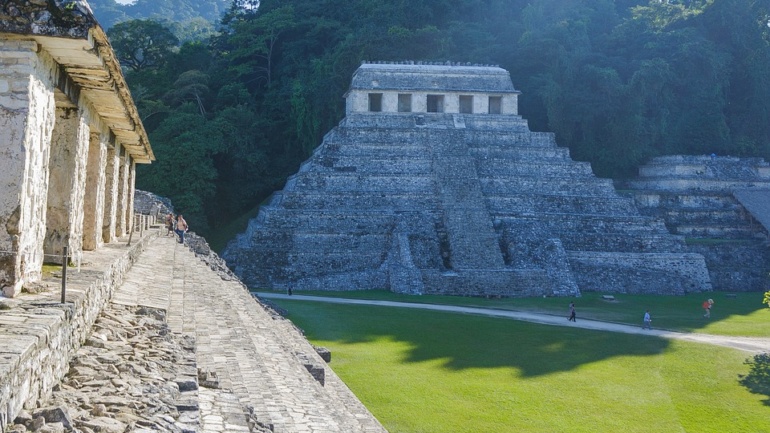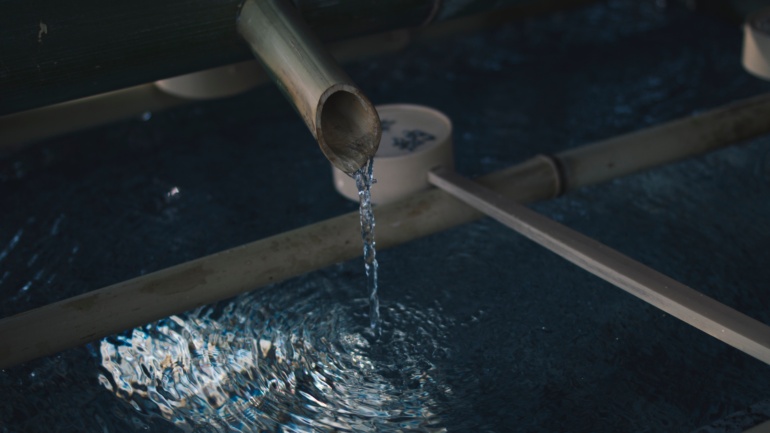By Emma Cheriegate, Staff Researcher & Writer at Save the Water™ | October 29th, 2021
Credit programs to mitigate pollution are no stranger to current-day environmental conversations. The idea of emitters gaining buyer credits for reducing their pollution isn’t new, with many existing carbon credit programs to choose from.
A lesser-known trading system also exists, but for water. Water quality trading, under Section 402 of the Clean Water Act (CWA), is an option for sources of water pollution to gain credits by reducing pollution.
Reducing pollution is a costly and complex process, and certain sources (such as a sewage treatment plant) face higher prices than others. Water quality trading is the process in which a point source pays for credits that represent pollution reductions. However, these pollution reductions occur at another location, like a farm, (where achieving the reduction is cheaper), not the original point source. This way, the source is able to meet regulatory requirements without going into significant debt.
Water pollution is an ever-changing issue in the United States, and federal legislation for it dates back to 1948. So, how have guidelines evolved over time, and is WQT a viable way of reducing contamination in our water?
What is Water Quality Trading, and how is it helpful?
Facilities operate under permits that manage the amount of nutrient discharge allowed into water bodies, like a nearby river. Nitrogen and phosphorus are common discharge nutrients released by point sources such as industrial facilities, and nonpoint sources such as runoff from nearby roads. By including water quality trading options, both point and nonpoint sources have the option to meet permit requirements through a water trading credit program. Under the EPA, polluters can receive credits for reducing the following items:
- Nutrients like nitrogen and phosphorus
- Size of sedimentation loads
- Discharged water’s temperature (such as for wastewater treatment facilities)
For instance, a sewage treatment plant (point source) can satisfy this regulatory requirement by reducing the number of nutrients/pollution released and subsequently receive credits that save on business costs in the long run. This improves water quality by preventing a buildup of nutrients that influence an abundant growth of algae. That buildup would ultimately choke the ecosystem, overrun habitats, and reduce the amount of oxygen required to allow life to thrive in the water.
What lies ahead for Water Quality Trading
In early February of 2019, the EPA released a policy that re-emphasizes their view on the significance of water quality trading. The document advocates for the incorporation of this “market-based” system in attempts to improve water quality throughout the United States. It illustrates the important role of incentivization in influencing organizations and corporations in complying with environmental protection efforts. The policy, which is a short 5-page document, is concise in its structure, allowing for easy adoption and incorporation in business practices, making its use widely accessible.
There are several issues that hinder the efforts to incorporate water quality trading into our economic market: identifying buyers, facilitating communication between involved parties, the absence of defined pollution limitations, and a lack of flexibility in existing programs. The World Resources Institute, a notable non-profit organization that analyzes natural resource policy, points out three ways the EPA aims to increase participatory use of WQT programs:
- Specify limits for complex (nonpoint) pollutant sources
- Governmental assistance in designing and implementing trading programs
- Voiced federal support for stormwater trading
WQT programs are still relatively new, and the sources of pollution intensify as urbanization continues and populations increase in number. As the scale of the conversation about related issues increases, additional professionals join in. This enhances communication between fields like economy, ecology, and politics, and allows for more research and development to take place. As confidence in the programs rises and associated problems are resolved, WQT’s prevalence in the market is likely to follow suit.





